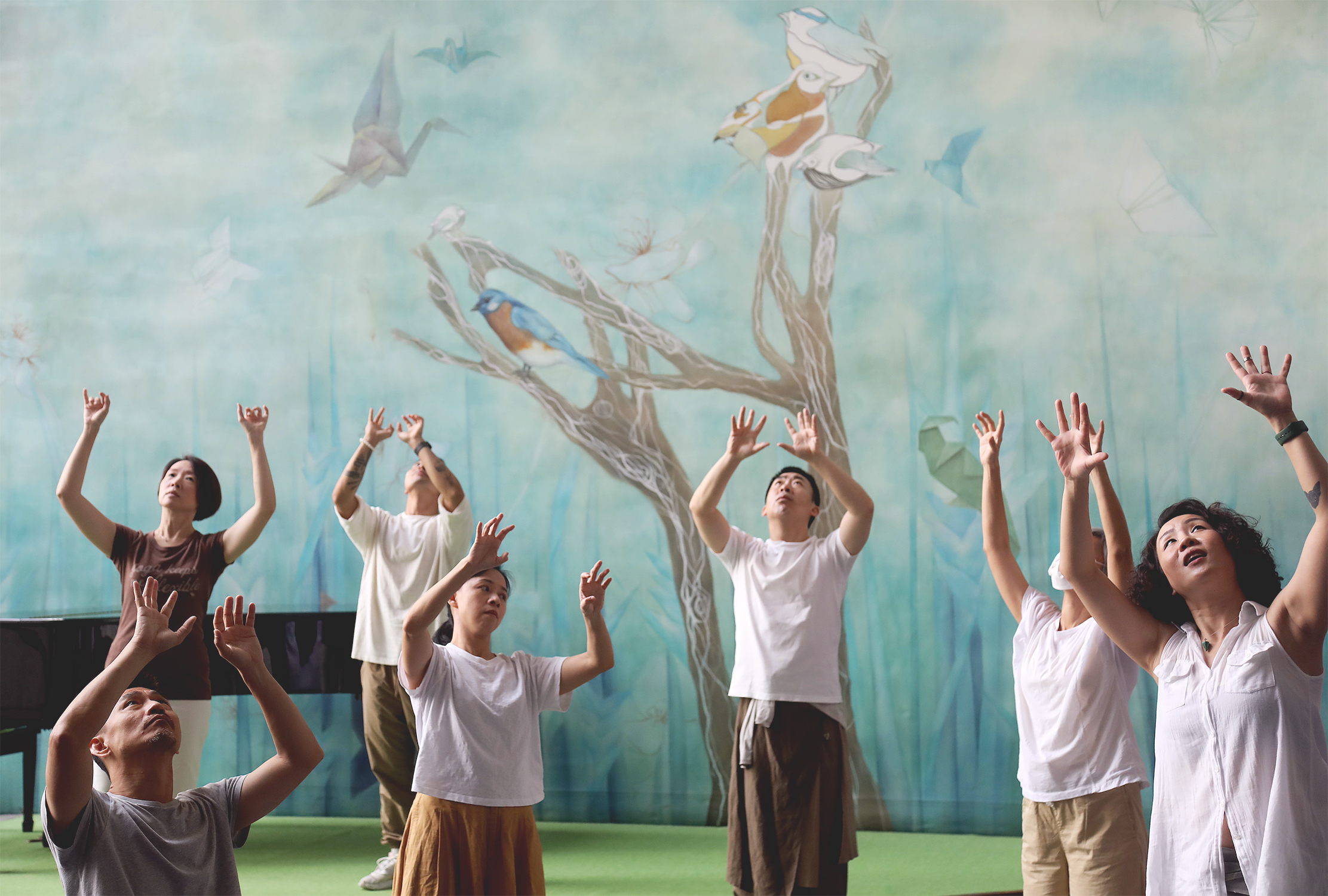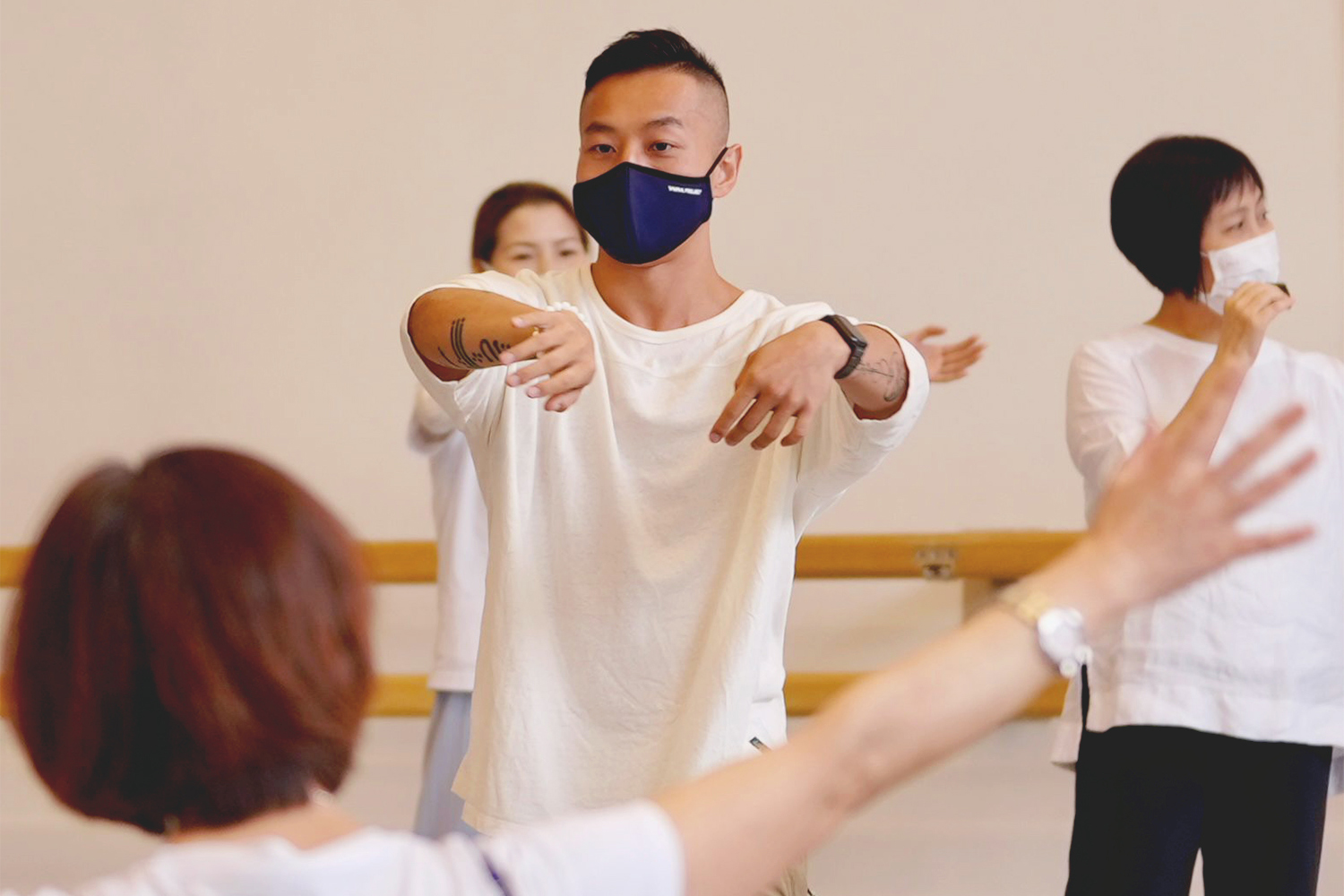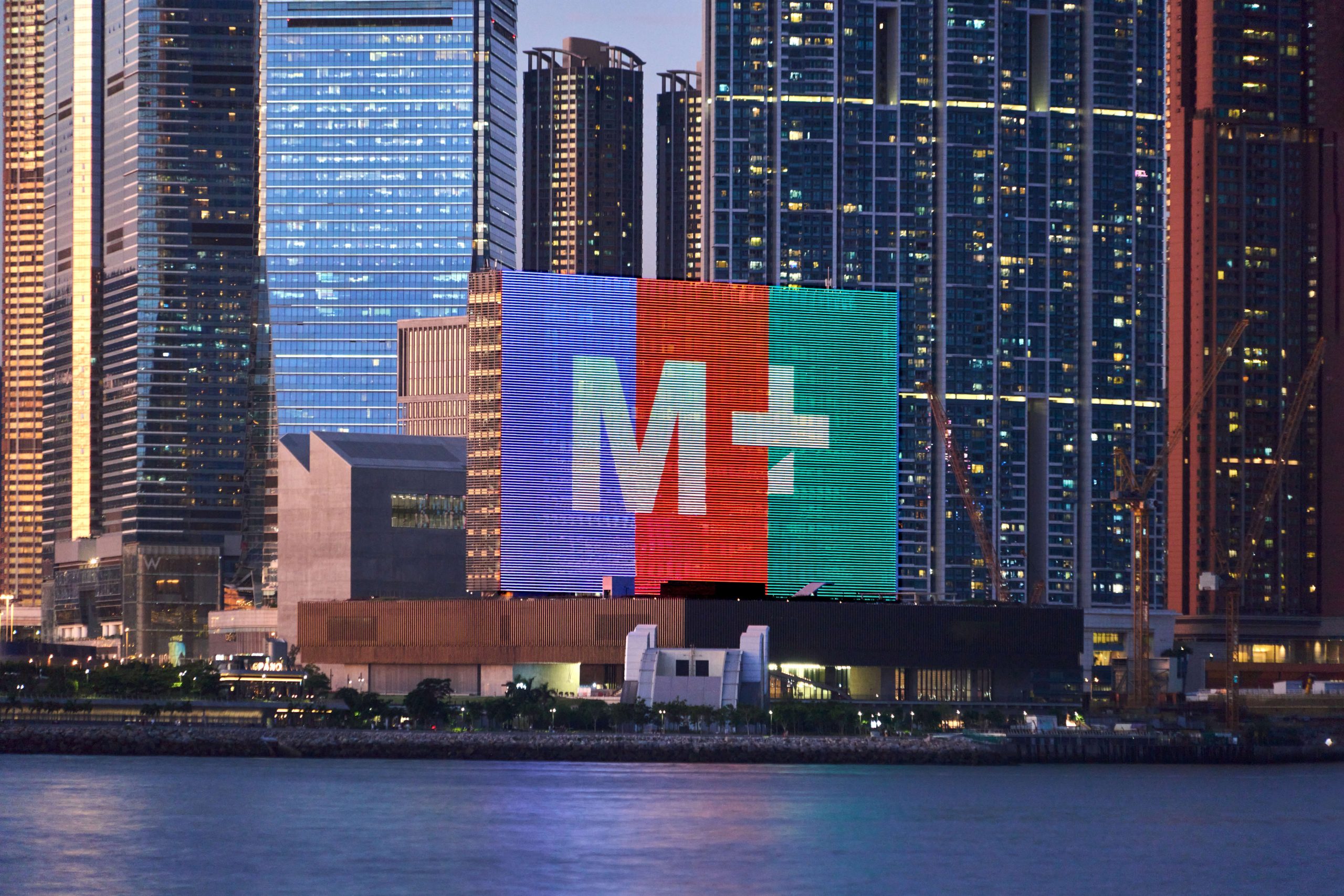

It’s never too late for anyone of any age to dance! Our Dance Well classes, free of charge and open to all, are led by veteran teachers of different dance genres. We welcome people living with or without Parkinson’s disease of all ages, along with their families, loved ones and carers. Join us to get moving while improving your posture, flexibility and balance in a welcoming and artistic environment!


Directed at people with Parkinson’s needs and their symptoms, teachers develop strategies responding to the needs of the pathology. However, the classes are open to everyone and a mixed group is absolutely essential: people living with Parkinson’s disease, caretakers, young people, elderlies, dancers and professionals from the health and social sectors.

Location is essential in possessing aesthetic, cultural or artistic significance to inspire participants intimately. The harmony and dialogue with the environment contribute to making each class an artistic experience.

Through regular participation in Dance Well classes, the group will be strongly integrated in cultural and social contexts. Performances will be organised to provide them with more opportunities to engage with dance and showcase their artistic growth: it’s no longer about Parkinson’s or not. They become a troupe of dancers both by themselves and public members.

Led by dance teachers, the focus is set on participants’ potentials rather than their limits. Participants are referred to as dancers, not patients.

Every participant adapts the teacher’s proposal according to their physical capabilities, such as sitting down or standing up, small or big movement, slow or fast rhythm, while achieving artistic and expressive potentials. They are free to make their choice of approach. The intention and motivation of moving are most crucial.

Both teachers and participants search for artistic fulfilment and awareness in every moment. The class is presented as a continuous flow of music and dance, in which every instant is performative: for each movement, we look for emotional, concentration and physical participation of the person so that each lesson may be an hour of expressive and creative experience. Art is “here and now”.

We are all experts when it comes to movement, no matter whether we have danced before, as we possess experiences of bodily gestures and actions. In Dance Well classes, participants are encouraged to draw from their daily life experiences of movement and senses to create artistic movements.

Effective speech and teachings are essential for teachers to channel artistic potential in the right direction, by identifying appropriate and effective imagery to create movements.

The teachings are adaptable and modifiable in their essences. Starting from shared principles and goals, each teacher creates and offers his or her own class, through music, techniques and exercises chosen on the basis of his or her own dance genre, skill and preference.

Multiple teachers with one as the lead in a class to facilitate the group and supervise movements. The leading teacher in the group takes turn in the class group, exposing participants to different practices. Communication between teachers is essential. On-the-job artistic and theoretical trainings are offered to enhance overall professional competence and keep abreast of the Dance Well approach.


The dance classes take place at artistic spaces, where participants are empowered to explore movement and music in ways that are refreshing, enjoyable, stimulating and creative. It is a generative and transformative journey that supports processes of solidarity, community building and social cohesion. Participants are encouraged to overcome isolation by looking at limits as opportunities, and to redefine the concept of beauty and excellence through creative and artistic expression.
Dance Well is also an artistic practice that incorporates different rehabilitation strategies to bring a positive impact on the quality of life of people living with Parkinson’s disease through dance. The practice has been investigated and monitored by a research team from NYU Grossman School of Medicine in New York and Fresco Academy in Italy, who are research leaders in Parkinson’s disease studies. It was also included in the World Health Organisation Report 2019 to illustrate how dance can promote psycho-physical well-being.

